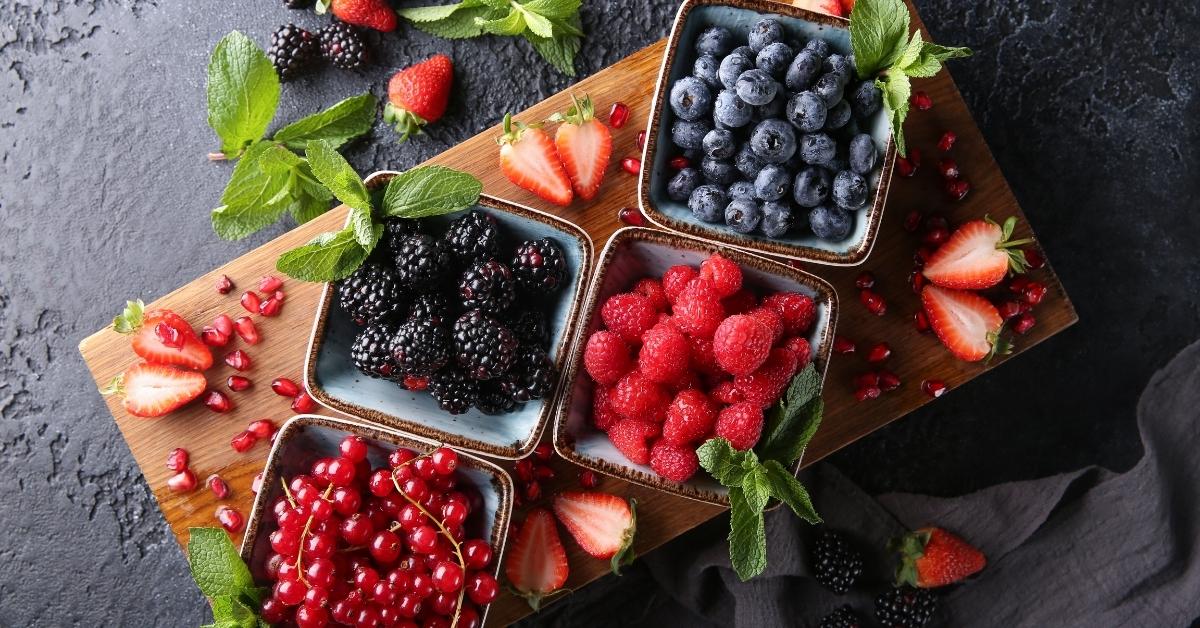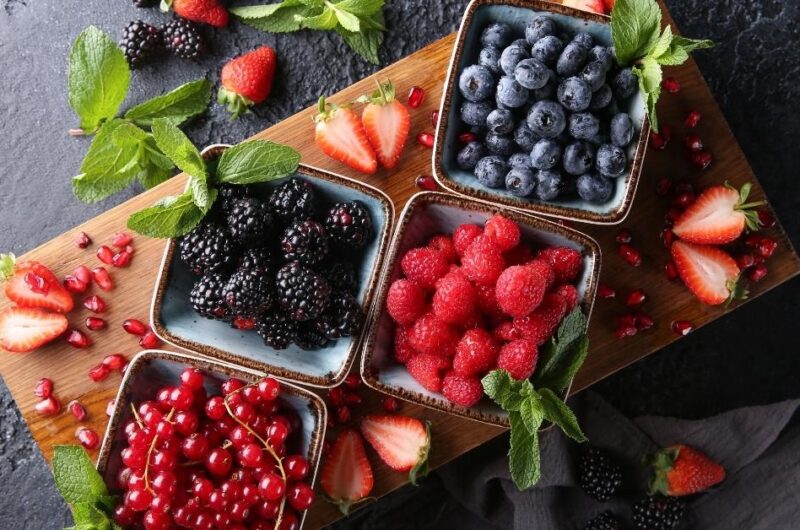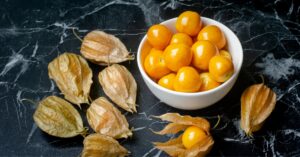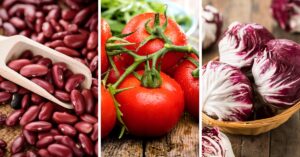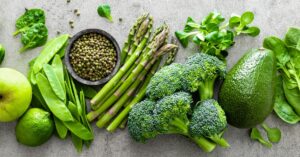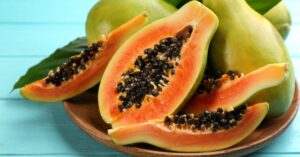Discover all types of berries you didn’t even know existed: the likes of caperberries, dewberries, and a lot more!
Berries are round, soft-fleshed, pit-free fruits that burst with sweet and tart flavors.
They’re rich in vitamins, minerals, and antioxidants, making them an ideal addition to your diet.
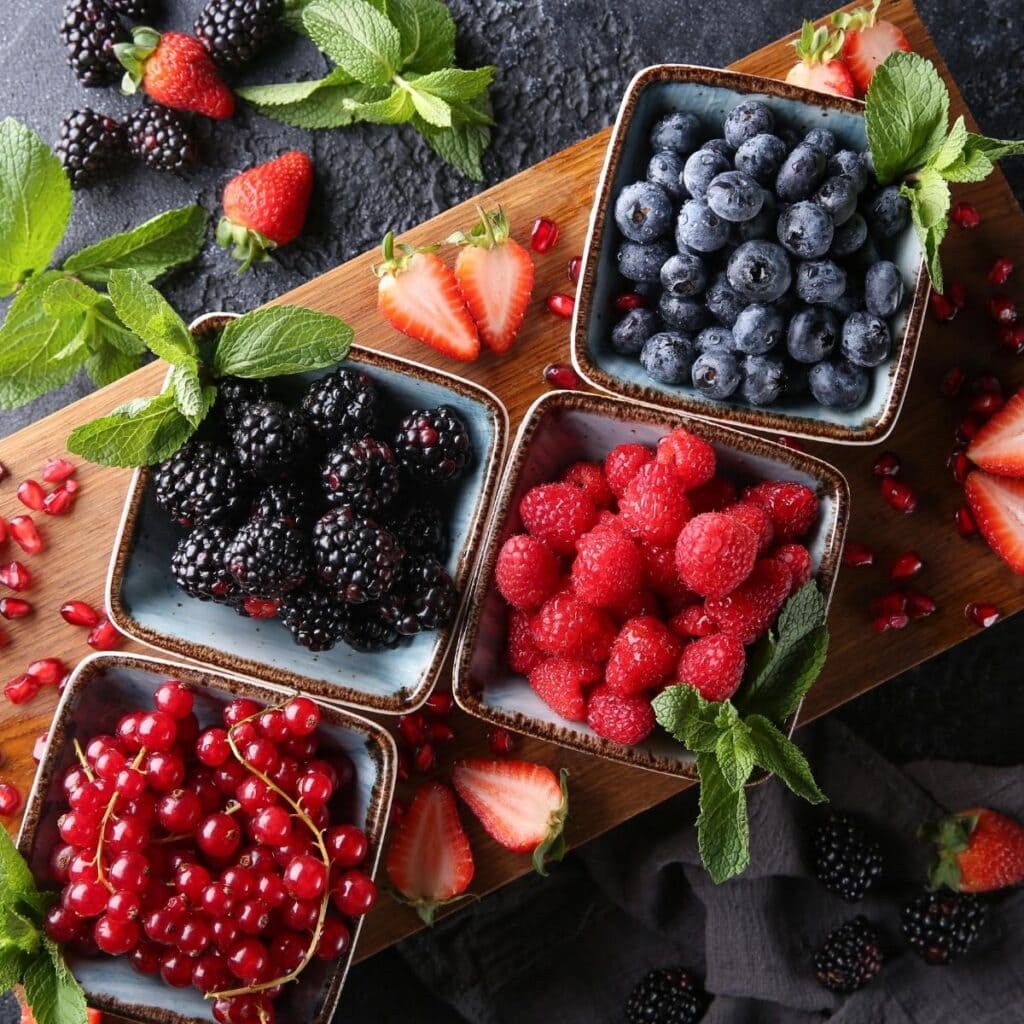
But did you know that berries go beyond just your usual strawberries and blueberries?
These typical market finds are awesome, but there’s a myriad of berries out there waiting for you to try.
Don’t worry, I did the research so you won’t have to.
I’ll tell you everything there is to know about all types of berries, from huckleberries to salmonberries and everything in between.
There are over 20 different berry varieties to check out, so let’s get to it!
25 Different Types of Berries
1. Strawberry

Let’s kick things off with a popular berry that’s actually not a berry! Let me explain.
In botanical terms, a berry is defined as a “simple fruit with seeds and pulp produced from a single ovary of a single flower.”
From this definition, fruits and veggies such as grapes, tomatoes, cucumbers, and watermelons fall under the berry category.
The strawberry doesn’t.
Strawberries are produced by a single flower with more than one ovary, so it’s not a simple, but an aggregate fruit.
True berry or not, strawberries are still considered one of the most beloved berries on earth.
This sweet, tart, and fragrant summer produce isn’t just delicious but also packed with nutrition.
A daily dose of strawberries helps lower blood pressure and inflammation.
2. Blueberry
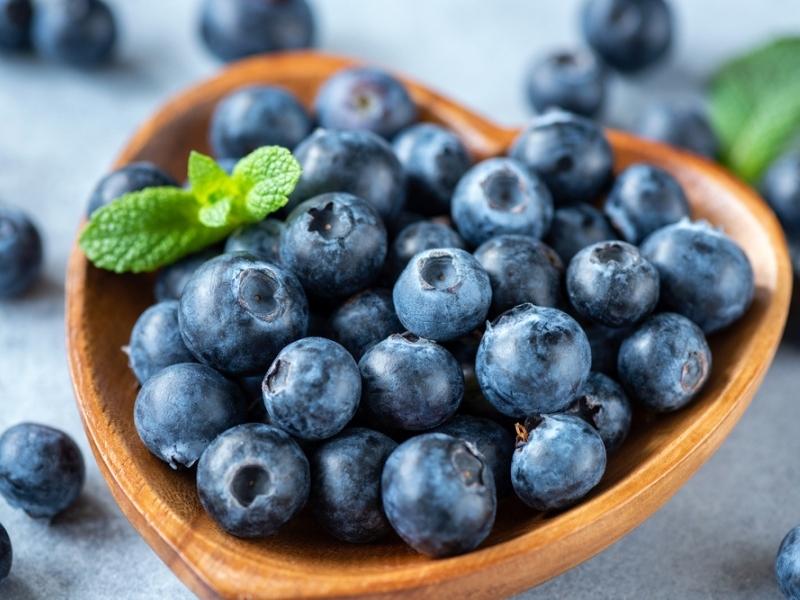
Sweet, juicy, and fruity, blueberries are often called nature’s candy.
They’re fantastic for snacking, but also a great ingredient for making baked goods and desserts.
The sheer amount of blueberry muffins, bread loaves, and pies I’ve featured is proof of how much I love this sensational berry.
Besides their awesome taste, blueberries are rich in fiber and antioxidants.
They’re also low in fat and packed with vitamins C and K.
Some studies even suggest that the anthocyanins in the berry can help promote good eye health.
3. Raspberry (Red, Black, Golden, and White)
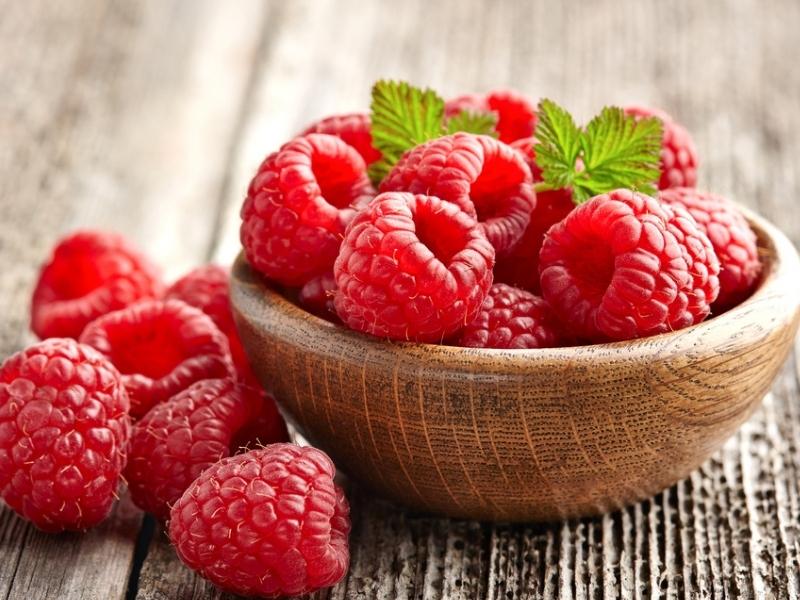
Similar to strawberries, raspberries are another faux berry with a wonderfully tart flavor and tons of nutritional value.
There are four varieties of raspberries, namely red, black, golden, and white.
Red raspberries are high in fiber and vitamin C.
They’re also scientifically proven to reduce the risk of developing heart disease, certain cancers, and type 2 diabetes.
Black raspberries have a high anthocyanin content that can lower cholesterol and inflammation, as well as prevent certain types of cancer.
Lastly, golden and white raspberries are an excellent source of antioxidants.
4. Blackberry

Blackberries are another non-berry berry with an incredibly sweet and tart flavor.
For many, blackberries are the most delicious of them all.
They’re not just tasty, but are super healthy, to boot.
They’re packed with tons of vitamins, fiber, and antioxidants.
Blackberries are even more nutritious than blueberries, cranberries, and red raspberries.
5. Cranberry
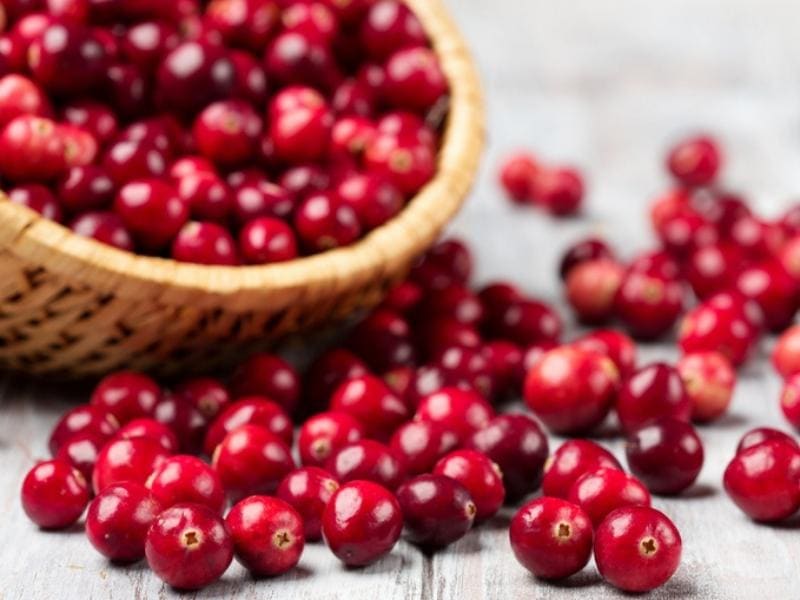
While they’re very sour when raw, cranberries are wonderfully sweet when jammed, juiced, or dried.
In fact, dried cranberries are my favorite thing to add to cookies, muffins, and quickbreads!
Their chewiness provides a nice contrast to typically tender baked goods.
As a red berry, cranberries are also an excellent source of vitamin C and antioxidants.
6. Boysenberry
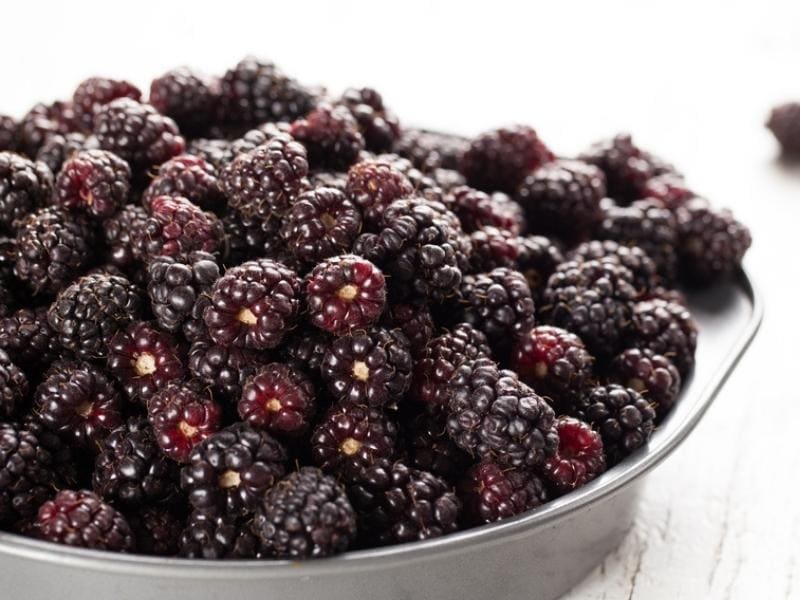
A cross between a raspberry, blackberry, dewberry, and loganberry, the boysenberry is definitely one of a kind.
These berries are maroon in color with a shape akin to a blackberry. They’re soft and juicy with a sweet and floral flavor.
They’re not as rich in vitamins, though, but their fiber, nutrient, and mineral content won’t disappoint.
According to studies, eating boysenberries can help reduce blood pressure and promote gut health.
7. Gooseberry
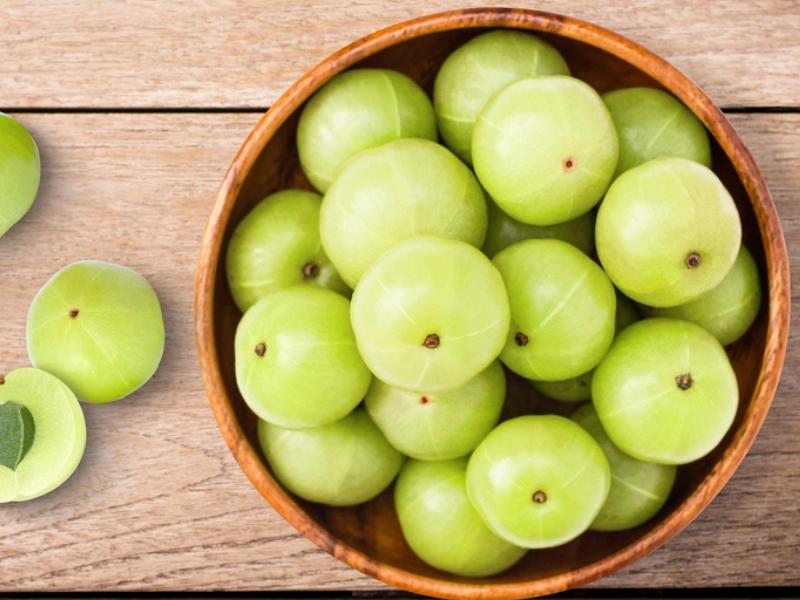
Gooseberries are considered the sourest berry there is. However, they’re not as piquant as lemons, so you can still enjoy them raw.
They’re more frequently made into pie fillings, preserves, and jellies, though.
These green berries are packed with vitamins, nutrients, and fiber.
Certain gooseberry varieties are rich in antioxidants, as well.
8. Huckleberry/Bilberry
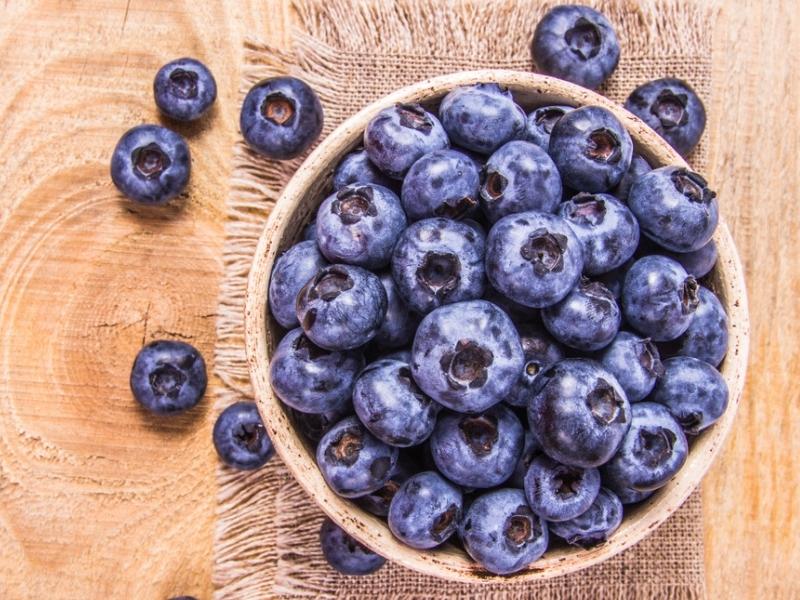
You might confuse them for blueberries because they look so much alike, but huckleberries are an entirely different kind.
They’re a rare type of wild berry also sometimes referred to as bilberries and European blueberries.
Less sweet than blueberries, huckleberries contain fewer carbohydrates.
However, they’re just as packed with fiber and antioxidants.
So if you’re looking for a great blueberry alternative with an even lower calorie count, huckleberries are for you.
9. Elderberry

Elderberries are a type of dark berry loaded with an array of vitamins and minerals.
Unlike other dark berries, though, these tiny spheres can’t be consumed raw. Instead, you’ll make them into syrup or tea.
One serving of elderberry tea will help boost your immune system and promote heart health.
The syrup, on the other hand, can be used to treat upper respiratory infections such as coughs and colds.
10. Goji Berry/Wolfberry
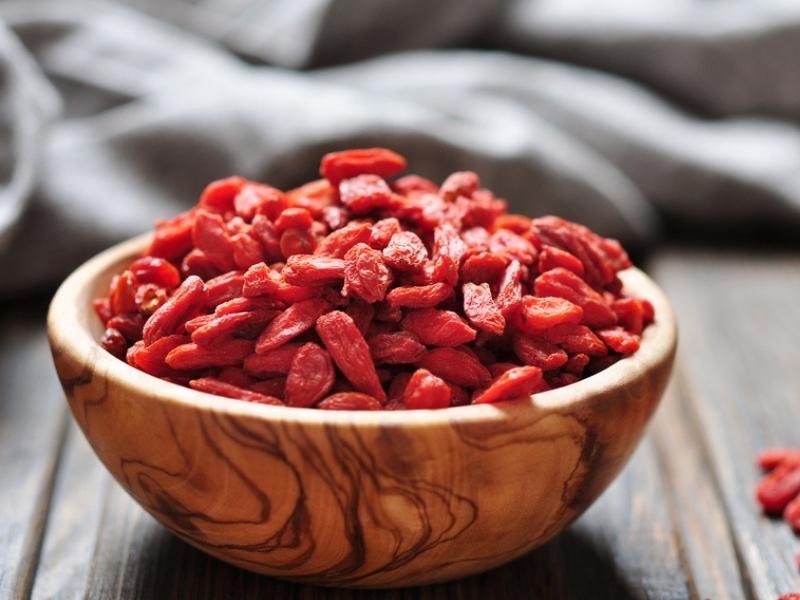
Goji berry is another rare, exotic berry that’s making a big splash in the health industry.
This superfood is packed with vitamin A, fiber, and antioxidants, just to name a few.
They’re known to boost immunity, improve blood health, and even slow down aging!
Fresh goji berries are hard to come by in the US. You’ll more likely find them dried or in tea, powder, or juice form.
11. Acai Berry
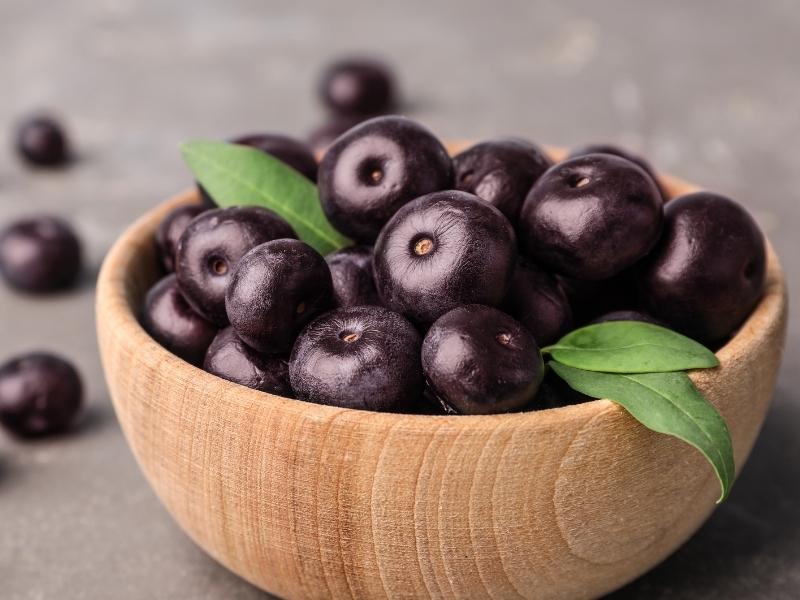
Acai berries are yet another exotic berry classified as a superfood.
They’re purplish-black in color, which makes them look somewhat like grapes.
Rich in polyphenols and antioxidants, the acai berry is one of the most nutritious exotic berries today.
They mostly come in powder form, which you can make into juice or add to smoothies.
12. Chokeberry
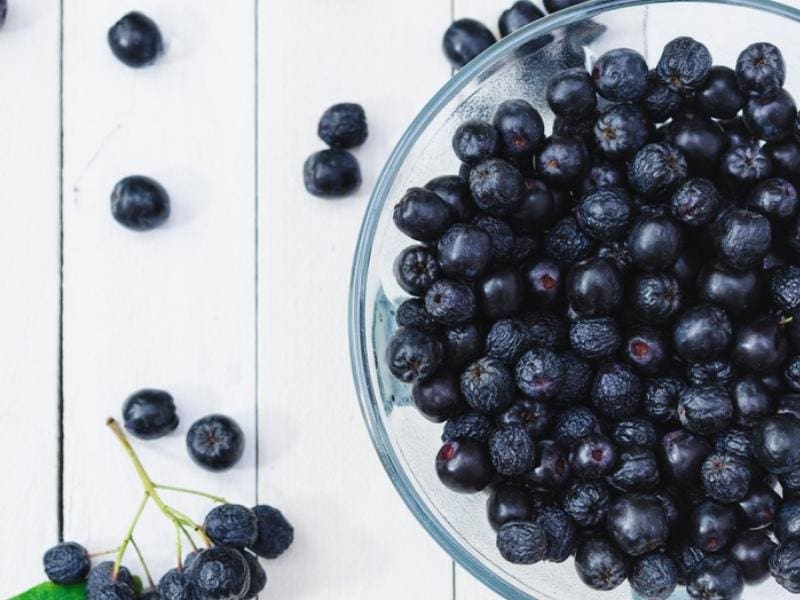
While they look like blueberries, chokeberries don’t taste like them at all.
These are sour berries with a sharp bitter flavor brought about by their high tannin content.
The tannins in these berries are so strong, eating them will leave a dry and bitter taste in your mouth.
That said, don’t eat these berries fresh, and just turn them into jams, teas, or syrups.
13. Currants (Black and Red)
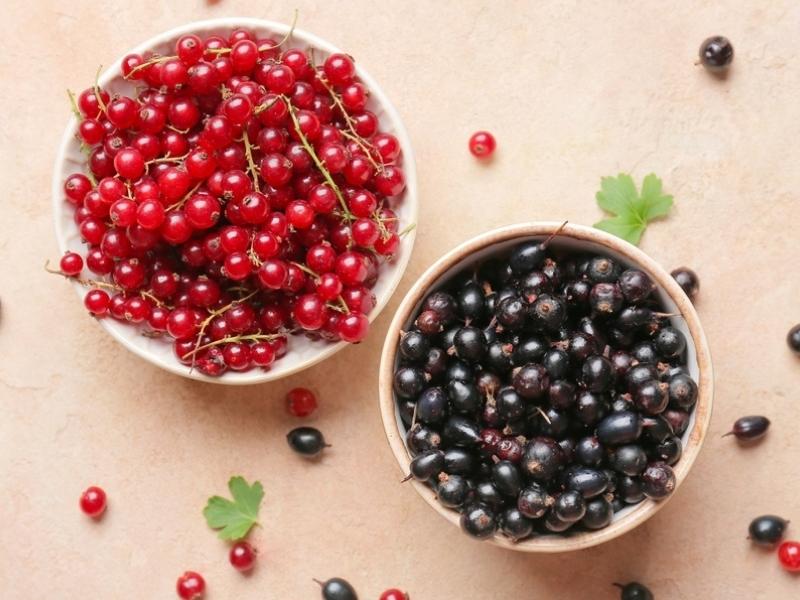
Red currants are sweet and tart, while blacks are larger with a wonderfully deep and musky flavor.
Whichever type of currant you prefer, you’ll enjoy immense health benefits either way.
Both berries are nutrient-dense and have excellent medicinal qualities.
Red currants are rich in antioxidants, while blacks are high in anthocyanins.
14. Mulberry (Black and Red)
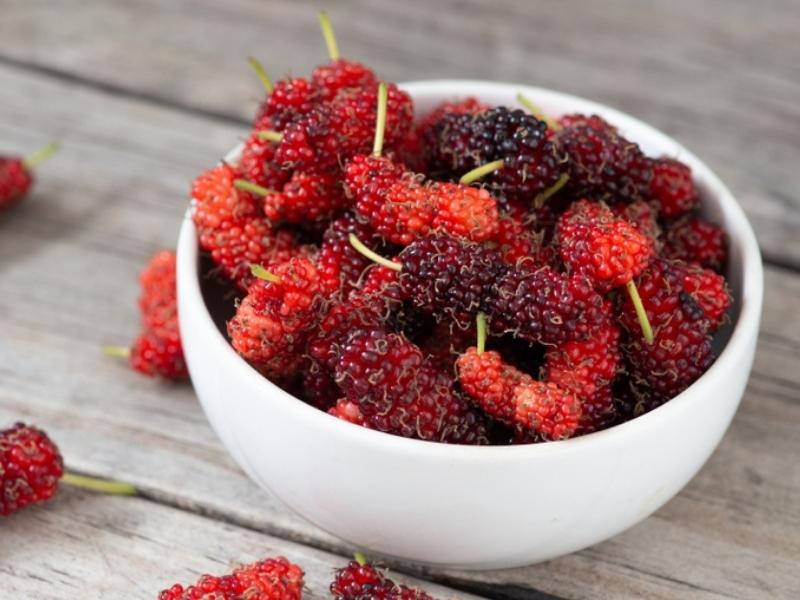
Mulberries are fruits that resemble raspberries and blackberries.
They come in a variety of colors, the most common of which are red and black.
Mulberries are sweet with a bit of a sour, astringent kick. They’re sweet enough to be enjoyed fresh but are also great for baking.
Rich in nutrients, mulberries are excellent at preventing obesity, improving cardiovascular health, and managing type 2 diabetes.
15. Cloudberry
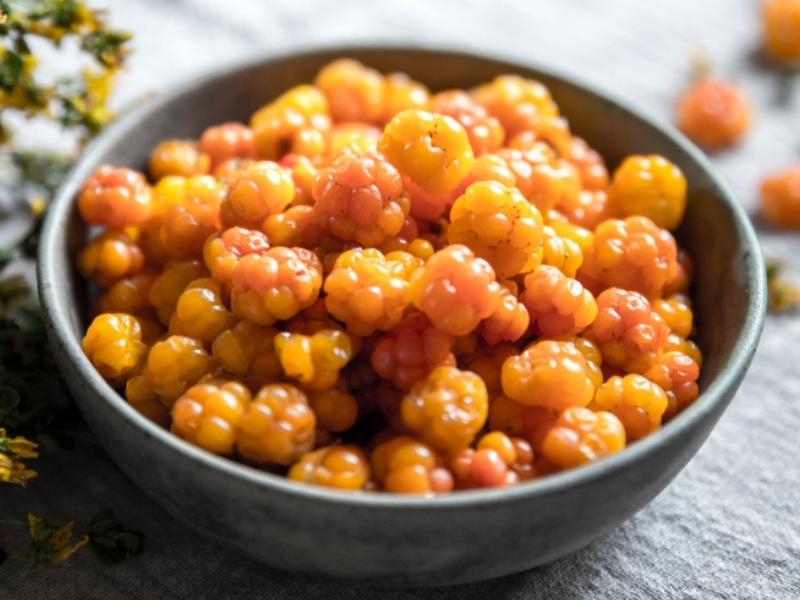
Cloudberries look like raspberries with a bright orange hue.
They have a sharp sour taste, like a cross between red raspberries and red currants.
They’re high in antioxidants, vitamin A, and anthocyanins. Compared to other berries, they are the best source of plant protein.
These berries are hard to come by in the US as they’re mostly grown in Scandinavian countries.
16. Lingonberry
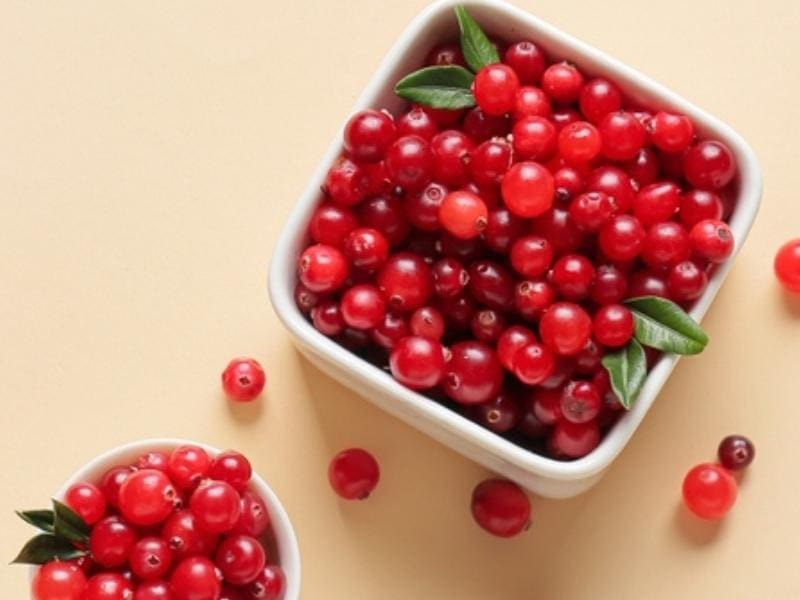
The lingonberry is a type of red berry with a tart and bitter taste. That said, they’re not ideal for snacking on when fresh.
They make fantastic jams, compotes, and smoothies, though!
If you really don’t like the taste, you can still reap their health benefits by consuming them in their powdered supplement form.
17. Salmonberry
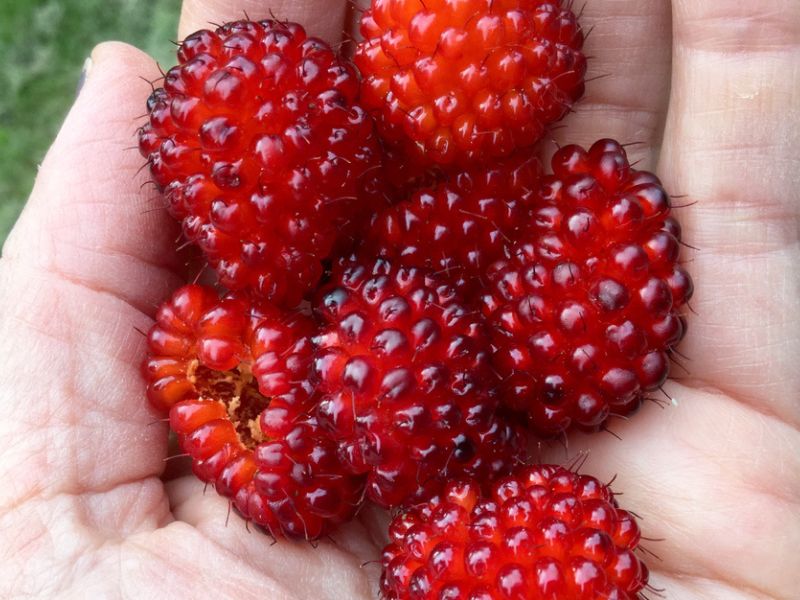
Salmonberries look like raspberries with colors ranging from golden to orange.
They get their name from being often paired with salmon roe.
They’re sweet and mildly tart with incredibly juicy flesh. They’re also high in vitamins and fiber, so they’re not just all about the flavor!
Add salmonberries to smoothies, parfaits, and other desserts to give them a boost of nutrition and a lively pop of color.
18. Caperberry
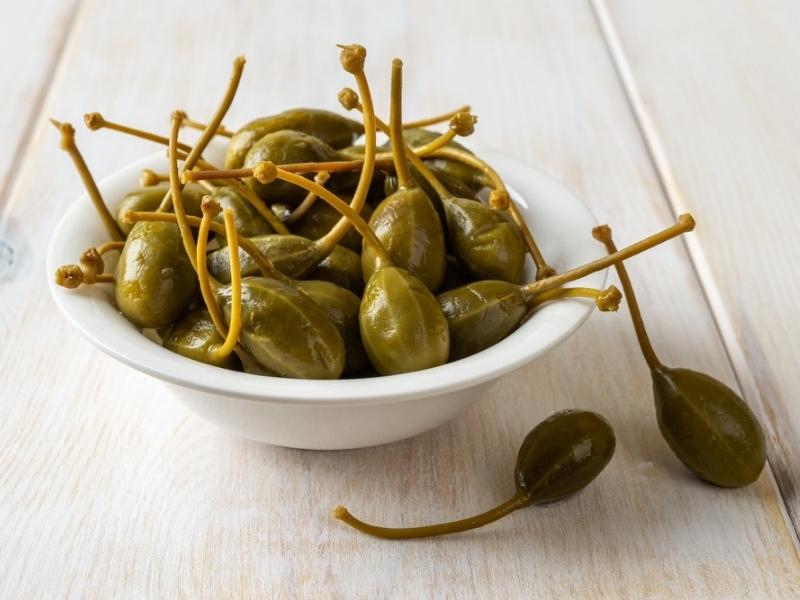
Unlike most berries that are used in desserts, caperberries are more often added to savory dishes, such as hummus and salads.
They’re also used to make a sharp and tangy sauce drizzled on pork, chicken, and fish dishes.
You see, while they’re not exactly the same, caperberries have a similar taste and textural profile as capers.
Caperberries are actually the mature flower buds of the Mediterranean plant, caper bush.
While they’re technically flower buds, they’re just as high in antioxidants and vitamins as other true berries.
19. Dewberry
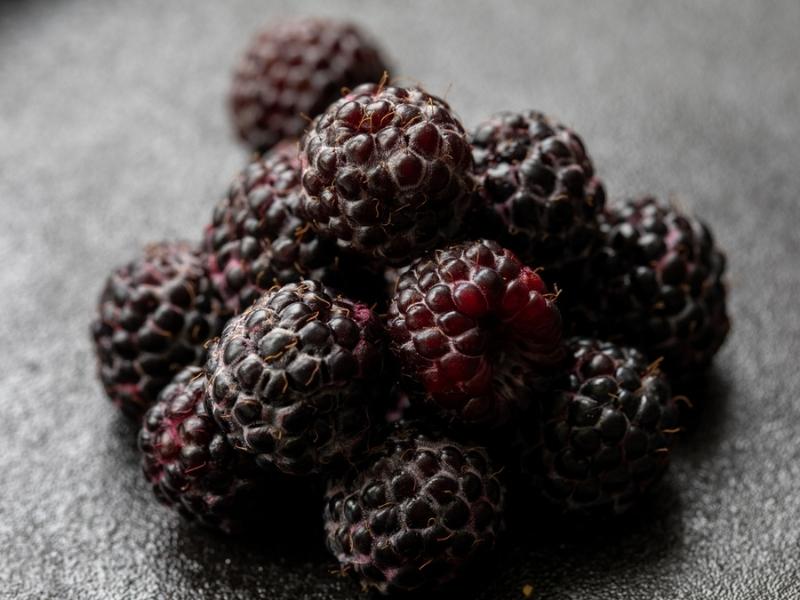
Dewberries are wild black-colored berries with a similar taste profile to blackberries.
They’re a little tarter and more bitter, though.
What sets them apart is their ridiculously high levels of potassium that help lower blood pressure.
They’re also rich in vitamins A and C, as well as copper, zinc, and magnesium.
Use dewberries to flavor scones, cobblers, and other baked goods.
20. Olallieberry

Olallieberries are hybrid dark berries that resemble a black raspberry and a blackberry.
As a dark-colored berry, the olallieberry is rich in anthocyanins.
As an offspring of blackberries, the olallieberry also has a sweet and tart flavor.
It’s a fantastic ingredient for flavoring both sweet and savory dishes alike.
21. Serviceberry (Juneberry)
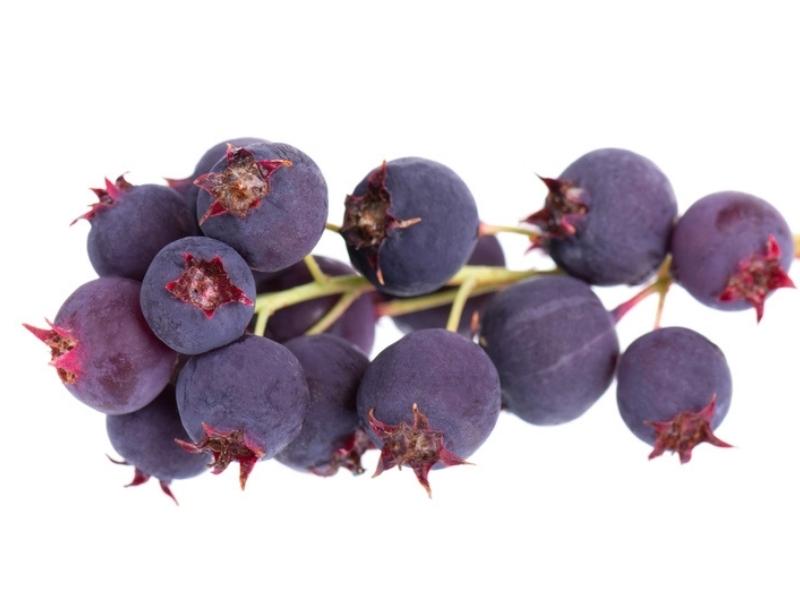
Serviceberries are a blueberry lookalike with softer flesh and a redder hue.
They burst with wonderfully sweet, nutty, and earthy flavors.
Just like blueberries, serviceberries can be enjoyed fresh or made into jams, jellies, and preserves.
They’re also rich in antioxidants and can help fight inflammation and arthritis.
They’re an excellent source of potassium, iron, copper, and magnesium, to boot.
Also referred to as Juneberries, these dark berries peak in June.
22. Physalis (Cape Gooseberry)
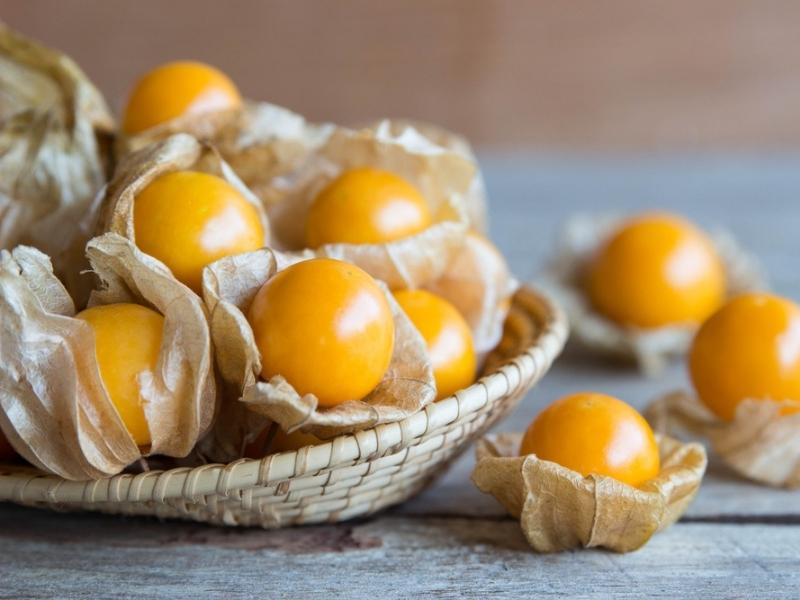
Cape gooseberries or physalis are an orange berry that’s actually technically nightshade.
Just like true berries, though, they are low in fat and high in fiber and antioxidants.
They boost your immune system and eye health, and can also reduce inflammation.
More importantly, they taste awesome.
Although they don’t look like them at all, cape gooseberries taste like mangoes and pineapples.
23. Tayberry
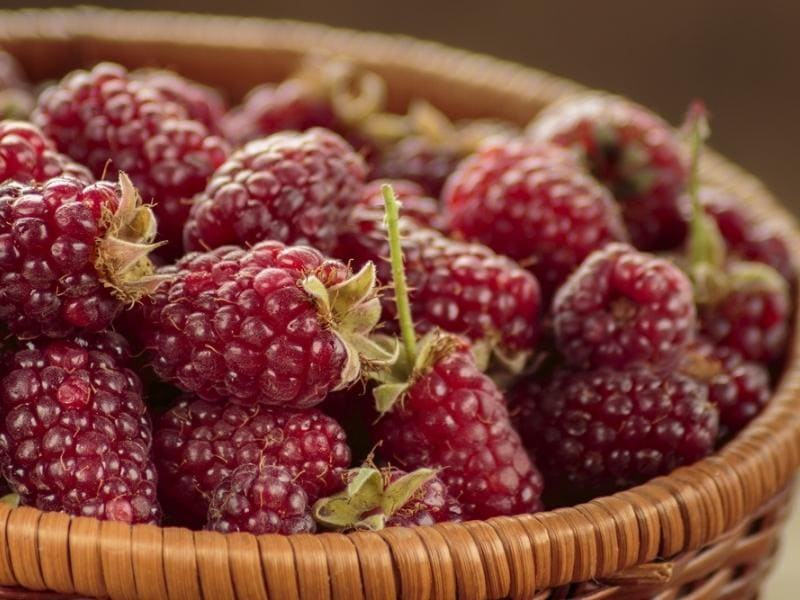
The tayberry is a cross between a raspberry and a blackberry.
It’s sweeter, larger, and less acidic than a loganberry, which is also a blackberry-raspberry hybrid.
You can enjoy tayberries raw or cooked.
24. Pineberries
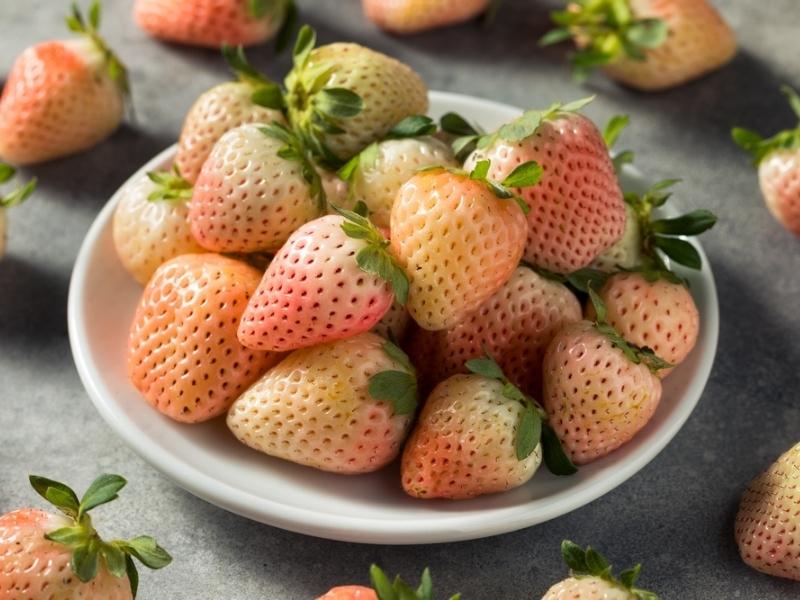
Pineberries are very intriguing because although they look like a pale strawberry (like an albino fruit, if you will). They taste like pineapple, though.
To be more specific, pineberries taste predominantly of strawberries, but with hints of pear, apricot, and pineapple.
They’re not just sweet and tasty, but highly nutritious, as well.
They’re as rich in fiber as strawberries and are also loaded with minerals and vitamins.
25. Bearberry
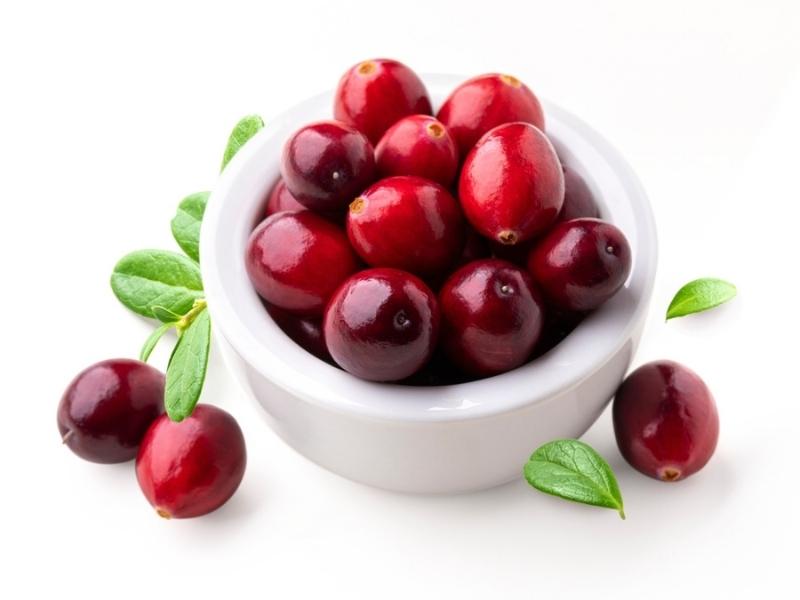
Last but not least is the bearberry, a type of berry that’s just as cute as its name suggests.
These berries are red and tiny. While they’re bland when raw, they become sweeter when cooked.
The bearberries themselves are edible and have numerous nutritional benefits.
But it’s the leaves that are more commonly used for medicinal purposes.
Bearberry leaves are believed to provide relief for headaches, back pain, and even kidney stones.
To incorporate bearberries into your diet, dry the leaves and make tea, or add the berries to muffins, cakes, and other baked goods.


